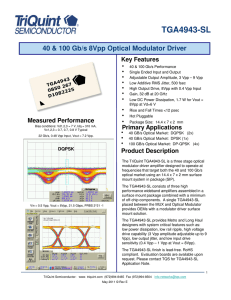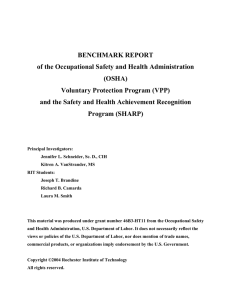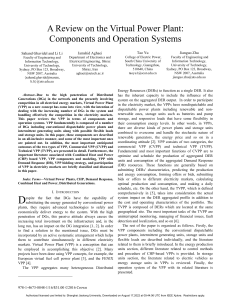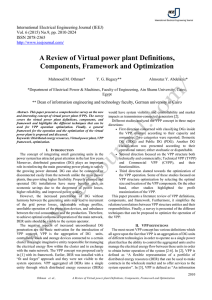Introduction to Astrophysics Tutorial 7: Relating the Jeans Equations
advertisement
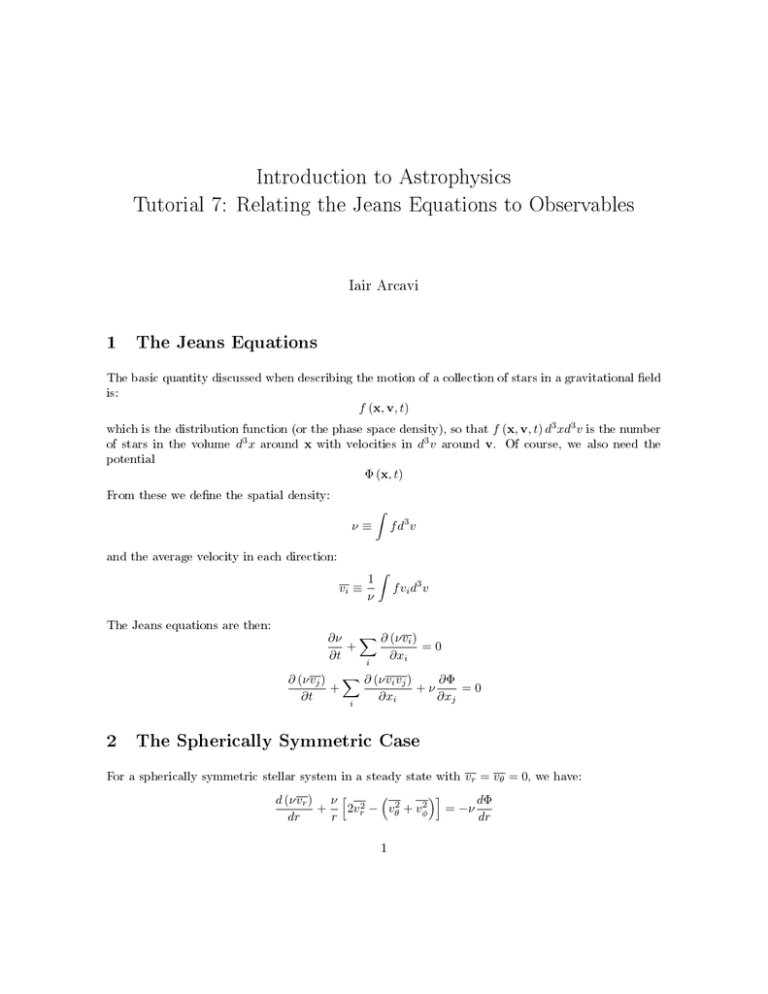
Introduction to Astrophysics Tutorial 7: Relating the Jeans Equations to Observables Iair Arcavi 1 The Jeans Equations The basic quantity discussed when describing the motion of a collection of stars in a gravitational eld is: f (x, v, t) which is the distribution function (or the phase space density), so that f (x, v, t) d3 xd3 v is the number of stars in the volume d3 x around x with velocities in d3 v around v. Of course, we also need the potential Φ (x, t) From these we dene the spatial density: ˆ f d3 v ν≡ and the average velocity in each direction: vi ≡ The Jeans equations are then: 1 ν ˆ f vi d3 v ∂ν X ∂ (νvi ) + =0 ∂t ∂xi i ∂ (νvj ) X ∂ (νvi vj ) ∂Φ + +ν =0 ∂t ∂x ∂x i j i 2 The Spherically Symmetric Case For a spherically symmetric stellar system in a steady state with vr = vθ = 0, we have: i d (νvr ) ν h 2 2 dΦ + 2vr − vθ + vφ2 = −ν dr r dr 1 If also the velocity structure is invariant under rotations, so that vθ2 = vφ2 , and we dene: vθ2 β ≡1− then we nd: 2.1 vr2 1 d (νvr ) βv 2 dΦ +2 r =− ν dr r dr What can we Observe? then we could determine M (r) Suppose we were able to determine vr2 , β and ν from observations, q GM (r) GM (r) dΦ from dr = r2 , as well as the circular velocity vc (r) = from: r GM (r) = −vr2 r d ln vr2 d ln ν + + 2β d ln r d ln r ! If we take ν to be the luminosity density, then we can relate it to the actual measured quantity I (R) which is the surface brightness at each projected radius. We can also measure the line of sight velocity dispersion σp (R), which can be related to vr2 . However these are only two out of the three quantities needed, therefore we must make some assumption in order to determine M (r). 2.1.1 Assuming β=0 The simplest assumption to make is vθ2 = vr2 , in which case β = 0 and we have: rv 2 M (r) = − r G d ln ν d ln vr2 + d ln r d ln r ! The relation to the observable quantities is: ˆ∞ I (R) = √ 2 R ˆ∞ I (R) σp2 (R) = 2 νrdr r 2 − R2 νv 2 rdr √ r r 2 − R2 R which yield: ν (r) = − 1 π ˆ∞ r ν (r) vr2 (r) 1 = − π ˆ∞ r 2 dI dR √ dR R2 − r2 d Iσp2 dR √ dR R2 − r 2 which can then be used to determine M (r). Having that, one can calculate the mass to light ratio: Υ (r) = M (r) ´r 4π 0 νr2 dr Using these techniques, Sargent et al. (1978) found that the mass to light ratio increases dramatically in the core of the elliptical galaxy M87, and they deduced that it contains a central black hole of mass around 5 · 109 M ! 2.1.2 Assuming Υ = const An alternative assumption is to take the mass to light ratio as constant, so the mass density is: ρ (r) = Υν (r) Then by measuring I we can determine a unique mass model for the galaxy. If β 6= 0 then the velocity dispersion relation is: I (R) σp2 (R) ˆ∞ R2 r2 νv 2 rdr √ r r 2 − R2 R ˆ∞ 2 2 d ln νvr2 2 GM R R 2 + √νvr rdr = + 2 ¯ 3 2 2 r d ln r r vr r − R2 = 2 1−β R Using the observations and the mass model in this equations, we can determine νvr2 and so evaluate β (r). Using this for the M87 date from Sargent et al. (1978) gives a reasonable β (r) (always between 0 and 1). 3 We have seen that two very dierent mass models can be found for M87, which are both consistent with the Jeans Equations and with observations. However, one must also check, through the Boltzmann equations, that the resulting distribution function f is non-negative. It is also important to note that such an approach can only be applied to high quality data (because derivatives are involved, the results are highly sensitive to noise in the data). Other approaches which circumvent this problem are also available. 4





